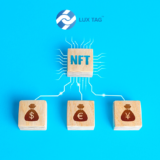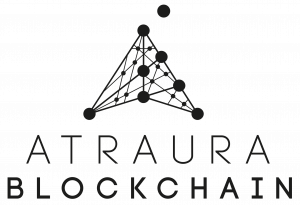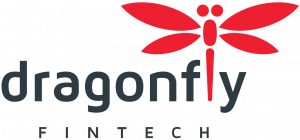Blockchain: creating evolution or revolution in the education sector?
- Delivery of education will not change but recognition of qualifications will
- Consider whether or not to wait for regulation or create your own standard

(From left) Zaim Mohzani of MaGIC; Thynk Blynk co-founder and CEO Parag Jain; EduValue MD Barry Awyong; LuxTag founder and CFO Faeez M Noor; and IBM Malaysia director of government and regulatory affairs Hasnul Nadzrin Shah
WITH blockchain technology transforming the financial services industry, the question on everyone’s mind is whether it has potential applications in other industries.
The Malaysian Global Innovation & Creatvity Centre (MaGIC) hosted a discussion on the potential applications of blockchain technology in the education sector on March 14.
First appeared on digitalnewsasia, by
The panel discussing the issue comprised IBM Malaysia director of government and regulatory affairs Hasnul Nadzrin Shah, LuxTag founder and chief financial officer Faeez M. Noor, Thynk Blynk co-founder and chief executive officer Parag Jain, and EduValue managing director Barry Awyong, with Zaim Mohzani of MaGIC as the moderator.
LuxTag, Thynk Blynk and EduValue are all blockchain technology startups whose products and solutions are applicable to the education industry.
The most common application for blockchain technology in this industry is to verify institution’s certifications (as in verify that a qualification was issued by a certain university) and protect student data, such as grades and certification, from tampering. The immutable nature of data on blockchain makes this verification and validation possible.
The first question the panel discussed was whether or not blockchain can fundamentally change the education sector as it has the financial services sector, given that the former is a slow adapter to change.
While Awyong believes that the technology will not intrinsically change education – delivery of education and classroom concepts will not be directly affected – what it will affect is recognition of student qualifications because it makes possible the easy verification of prior learning, independent learning and transferred credits.
Hasnul added that IBM is already seeing this happening in Japan, where it is partnering with the Sony Global Education Foundation to apply blockchain technology to solve the problem Japanese universities are facing in validating students’ certificates of education.
“The underlying reason to want a permission-based blockchain system is that it manages the student records that come from multiple places. The value here is in [recording] lifelong learning. You build a student record on blockchain,” he said.
Addressing the pace of change, Jain pointed out that the financial services industry generally has more access to capital than the education sector, which he identified as a major reason for the latter’s slow adoption of new technologies.
He suggested that education institutions link up with a partner that has a global reach, giving them instant access to the countries they get students from and where their qualifications are recognised, thus creating an ecosystem built on blockchain technology.
Another concern that Zaim brought up for discussion is regulation – whether governments should regulate how blockchain is used in order to protect users, and, in the context of the recently launched National Regulatory Sandbox Initiative, whether regulation will impede innovation.
Malaysia’s Ministry of Finance started to implement the National Regulatory Sandbox Initiative on Feb 14, kicking of the creation of a brain-storming group comprising regulators and selected industry players, including startups and SMEs, to enable entrepreneurs to test innovative ideas and products.
Hasnul opined that all governments have to seriously think about what kinds of rights to accord to the users of platforms that use blockchain and the people or companies that manage or derive insights from the data.
“This is the point where experimentation leads to either evolution or revolution. Governments prefer evolution, that’s why they have sandboxes. But the very nature of entrepreneurship is to test the boundaries or break the rules and disrupt,” he said.
Though the ultimate goal of regulation is to protect users, governments do tend to take time to implement regulations. “That would diminish or impede innovation of those interested in getting into this industry. What we in the industry can do is work closely with regulators to come up with standards,” suggested Faeez.
Faeez explained that LuxTag is part of a blockchain industry group that represents blockchain entrepreneurs in Malaysia and is working with the authorities to establish a form of blockchain standards.
Jain, however, said that even if a government does create and implement regulations, it may not be trusted or accepted by another country. Instead of waiting for regulations, he called for a more revolutionary approach: “For us entrepreneurs, it’s about creating revolutionary evolution; it’s not one or the other.”
He cites the example of not-for-profit American undergraduate university admission application The Common Application that was started by 18 American universities and now has more than 700 member universities in the US and other countries, and handles about 90% of university applications in the US.
“There is nothing today preventing universities coming together to create a consortium, creating trustable data and an industry standard,” he pointed out.
“Regulation is great but we can’t all sit around waiting for it. Governments have their own compulsions – politics, elections. If you want to act, act now. Perhaps once we act, that will make regulation easier to come. The decision to make is whether the chicken or egg should come first.”









